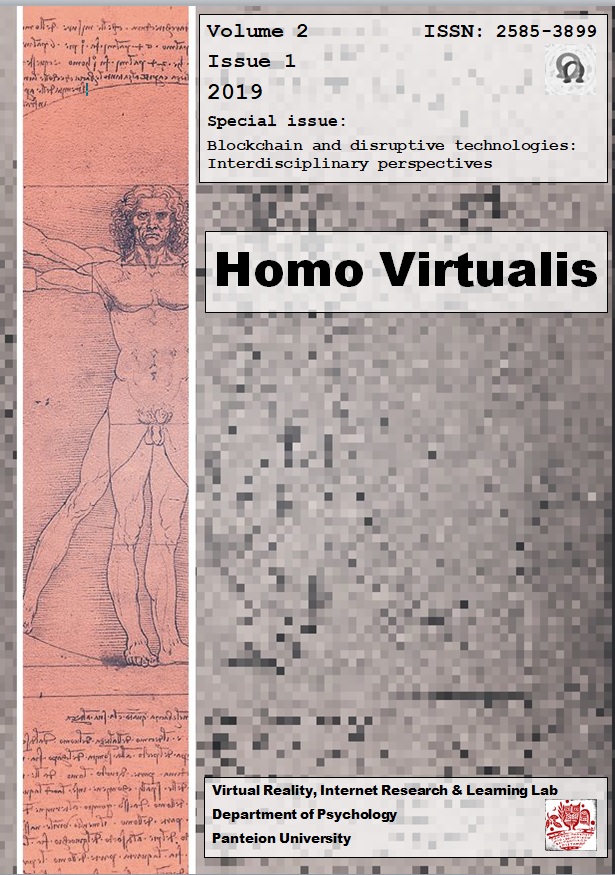Assisted spatial navigation: new directions

Abstract
Blockchain technology brings new possibilities in assisted spatial navigation. Decentralized map building enables collaboration between users around the world, while providing researchers with a common reference map for extending the capabilities of navigational systems towards more intuitive and accurate landmark navigation assistance. Research on landmark navigation has been mainly focused on the visual characteristics of landmarks. Human behavior, however, has systematically been shown to be enhanced in the presence of multisensory unified events. We propose, therefore, the enhancement of spatial assisted navigation by utilizing landmarks that are multisensory and semantically congruent. Further, our research will provide insights in terms of the auditory parameters that could be combined with a given visual landmark, so as to facilitate landmark retrieval algorithms and user satisfaction during assisted spatial navigation.
Article Details
- How to Cite
-
Kostaki, M., Vatakis, A., & Samartzi, S. (2019). Assisted spatial navigation: new directions. Homo Virtualis, 2(1), 21–24. https://doi.org/10.12681/homvir.20190
- Section
- Articles

This work is licensed under a Creative Commons Attribution 4.0 International License.
Authors who publish with this journal agree to the following terms:
· Authors retain copyright and grant the journal right of first publication with the work simultaneously licensed under a Creative Commons Attribution License that allows others to share the work with an acknowledgement of the work's authorship and initial publication in this journal.
· Authors are able to enter into separate, additional contractual arrangements for the non-exclusive distribution of the journal's published version of the work (e.g. post it to an institutional repository or publish it in a book), with an acknowledgement of its initial publication in this journal.
· Authors are permitted and encouraged to post their work online (preferably in institutional repositories or on their website) prior to and during the submission process, as it can lead to productive exchanges, as well as earlier and greater citation of published work.


